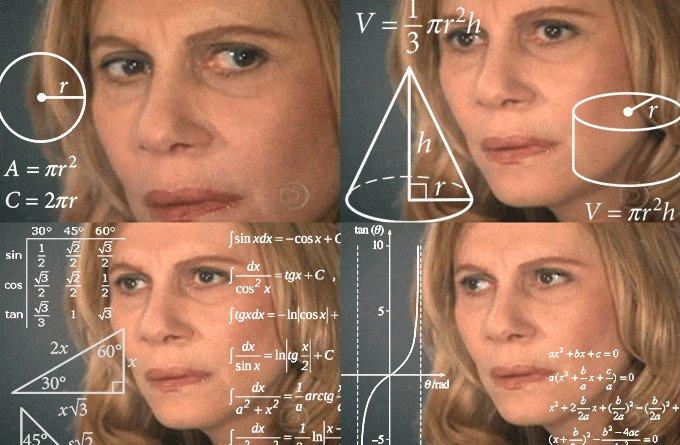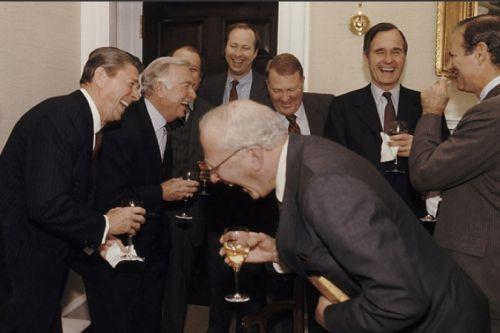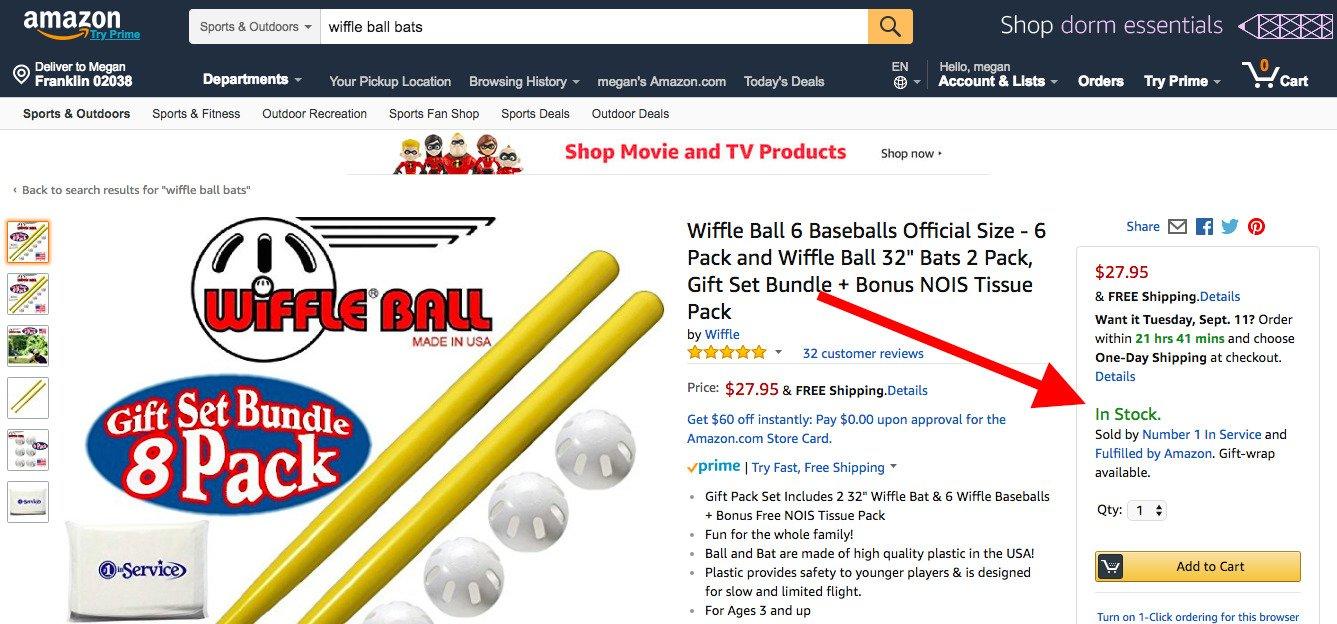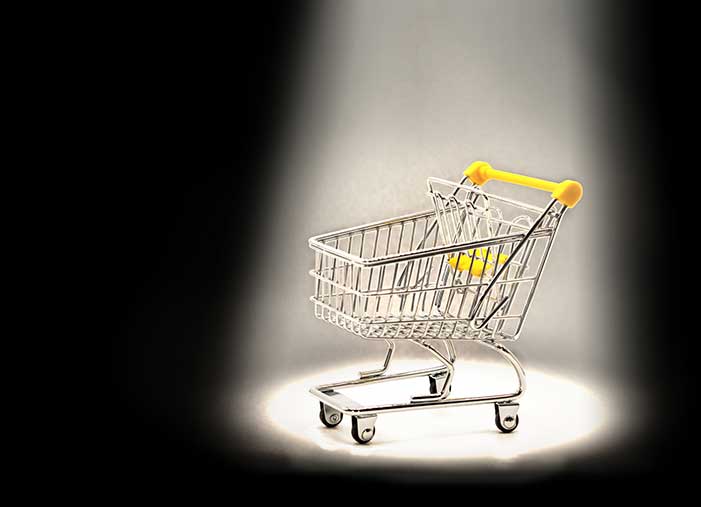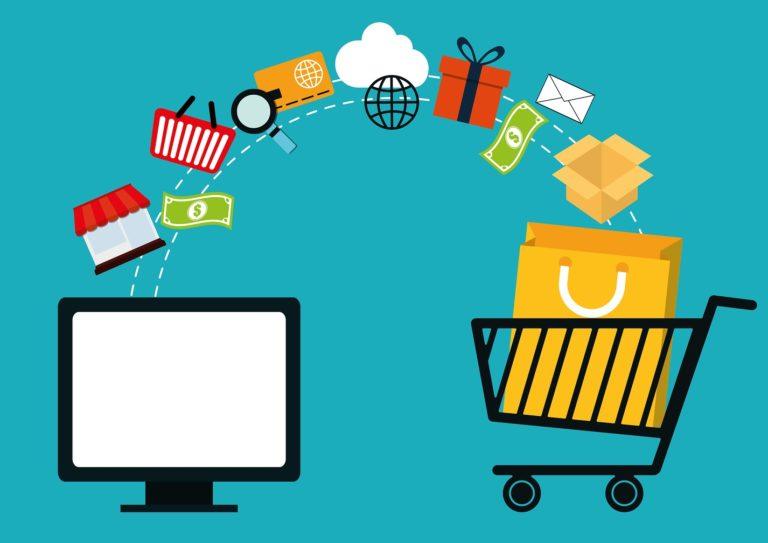
A lot goes into running an ecommerce business.
So, you’re a solo entrepreneur selling marked-up wiffle ball bats that you find on clearance at sporting goods stores. Or, maybe you’re an artisan with a small team of workers who craft high-quality picture frames. Perhaps you’re a large coffee maker manufacturer that handles tons of orders on a daily basis.
Regardless of what products you move and how you source them, you have a lot on your plate. You need to develop your product. You need to optimize your Facebook advertising campaigns. You need to manage your business’ finances.
Translation: you don’t have time to manage inventory, pack and ship every single order, and oversee customer service processes. Whether you’re already selling on Amazon or you’ve seriously considered it, there is a solution: Fulfillment by Amazon, or FBA.
A multi-channel ecommerce strategy is an effective ecommerce strategy. Download our free guide to Google Shopping and start spreading your brand today!
What is Fulfillment by Amazon?
Fulfillment by Amazon (FBA) is one of two core fulfillment options offered to Amazon sellers. The other is called Fulfillment by Merchant (FBM)—a system by which the seller (you) takes care of packing and shipping orders directly to customers. FBM sellers essentially use Amazon as a place to reach consumers and generate demand.
Amazon actually sums up FBA pretty well in Seller Central: “You sell it, we ship it.”
Here’s how it works.
FBA Step 1. Send your products to an Amazon fulfillment center.
It goes without saying that the products you’re sending to Amazon should already be listed in your Seller account. You don’t want your products sitting in an Amazon warehouse if they’re not, uh, for sale on Amazon.
You’ll need to label all your products, which you can do independently or through Amazon’s FBA Label Service. Then, you ship your inventory either through Amazon or with a carrier of your choice.
FBA Step 2. Amazon takes care of storage.
When your inventory gets to the warehouse, Amazon scans the labels you attached, weighs and measures each package, and stores everything accordingly.
You’ll use online inventory tracking to stay on top of your stock. It’s up to you to ship more inventory to the warehouse when necessary.
FBA Step 3. Somebody orders your product on Amazon.
Amazon takes care of picking the product from inventory, packing it for shipping, and sending it to the customer.
Plus, after the order has been placed, Amazon takes responsibility for customer service.
How Much Does Fulfillment by Amazon Cost?
When calculating the costs of using Amazon FBA, there are several categories of fees to take into consideration. Let’s look at each category in turn.
General Fulfillment Fees
The fees you’ll mainly be dealing with are general fulfillment fees, which depend on two factors: the size of your product and the total shipping weight.
Standard products are things that weight a few pounds at most: a wallet, a sweater, a tea kettle, and so on. These are grouped into four tiers:
|
Small standard |
Large standard |
Larger standard |
Largest standard |
|
|
Weight |
< 12 oz. |
12 oz. to 1 lb. |
1 lb. to 2 lb. |
2 lb. to 20 lb. |
|
FBA fee |
$2.41 |
$3.19 |
$4.71 |
$4.71 + $0.38 per lb. over 2 lb. |
Then, there are oversize products: a microwave, a TV, a comically large tea kettle, etc. Again, Amazon groups these products into four pricing tiers:
|
Small oversize |
Medium oversize |
Large oversize |
Special oversize |
|
|
Weight |
20 lb. to 70 lb. |
70 lb. to 150 lb. |
70 lb. to 150 lb. |
> 150 lb. |
|
Long Side + Girth |
< 130 in. |
< 130 in. |
< 165 in. |
> 165 in. |
|
FBA Fee |
$8.13 + $0.38 per lb. over 2 lb. |
$9.44 + $0.38 per lb. over 2 lb. |
$73.18 + $0.79 per lb. over 90 lb. |
$137.32 + $0.91 per lb. over 90 lb. |
Now, it’s time to calculate the shipping weight.
For standard products weighing under 1 lb. and special oversize products (weird grouping), the shipping weight is simply the sum of the product weight and the packaging weight.
Shipping weight = product weight + packaging weight
For everything else, the shipping weight is the packaging weight plus the product weight OR the dimensional weight (whichever is greater).
Shipping weight = product weight + packaging weight
OR
Shipping weight = dimensional weight + packaging weight
BY THE WAY
Dimensional weight = (length x width x height) / 139
Let’s say you sell a lunch box that weighs 2 lb. on its own. That makes it a “largest standard product.” The dimensions are 12 x 6 x 6 inches, creating a dimensional weight of 3.1 lb. The dimensional weight is greater than the product weight, so that’s what Amazon uses when calculating your total shipping weight.
A dimensional weight of 3.1 lb. plus a packaging weight of 0.9 lb. makes a total shipping weight of 4 lb. Because the lunch box is a “largest standard product,” the FBA fee is $4.71 plus $0.38 per lb. over 2 lb. The lunch box is 2 lb. over 2 lb., so the total shipping cost comes to:
$4.71 + ($0.38 x 2) = $5.47
Storage Fees
Amazon charges you money based on how much space you take up in the warehouse. Your storage fees are based on the volume (cubic feet) you occupy, and you’re charged every month.
For example, you’re charged your September storage fee a week or two into August.
Fortunately, this math is a lot simpler than the math we just did:
|
Month |
Standard products |
Oversize products |
|
January – September |
$0.69 per cubic ft. |
$0.48 per cubic ft. |
|
October – December |
$2.40 per cubic ft. |
$1.20 per cubic ft. |
You can figure out how many cubic feet a given package takes up by dividing the volume (length x width x height) by 1,728 (12 x 12 x 12). So, if one package measures 16 x 10 x 10 inches, that’s a volume of 1,600. Divide that by 1,728 and you get 0.93 cubic feet—or 64 cents.
You may wonder why it’s more expensive to store smaller products. Amazon says it’s more difficult and costly to store these products in proper fashion. We’ll take their word for it.
Removal Order Fees
You can pay Amazon to return some (or all) of your inventory to you. Alternatively, you can pay them to dispose of whatever products you haven’t sold or won’t be selling going forward. Either way, you’ll be charged on a per-item basis.
|
Order |
Standard product |
Oversize product |
|
Return |
$0.50 |
$0.60 |
|
Disposal |
$0.15 |
$0.30 |
Miscellaneous Fees
-
Unplanned preparation fee: If you send your inventory to an Amazon warehouse without the proper labeling or preparation, they’ll fix it and charge you accordingly.
-
Returns processing fee: If a customer returns something to Amazon and it qualifies for free returns, Amazon will charge you a returns processing fee equal to your original fulfillment fee.
-
Long-term storage fee: If your inventory stays in an Amazon warehouse unsold for longer than six months, you’ll be charged. If you don’t expect something to sell before the six-month mark, you can ask Amazon to return it and pay the removal orders fee.
The Advantages of Fulfillment by Amazon
After discussing almost nothing but fees for the past several hundred words, you may be thinking that FBA benefits Amazon and only Amazon.
Not so fast, partner.
FBA Advantage #1: More Time to Grow Your Business
Using Amazon FBM means handling all the inventory, the labeling, the packing, the shipping, the tracking, and the customer service. If you’re operating your ecommerce business out of your living space or a small office, you likely don’t have room for all that noise.
Plus, by handing off those responsibilities to Amazon, you give yourself way more time to focus on the things that improve and grow your business: product development, market research, keyword research, online advertising campaigns, SEO, partnerships, and so on. If you can’t allocate enough time and energy to these practices, your business simply won’t be sustainable.
FBA Advantage #2: Earn Consumers’ Trust
Americans love Amazon. More importantly, Americans trust Amazon. When you order Scooby-Doo slippers with two-day shipping, you sleep soundly knowing that your feet will be both cozy and whimsical in 48 hours.
As an FBA seller, your product listings will prominently display “Fulfilled by Amazon” for all prospective buyers to see. The effect this has on your sales is irrefutable—shoppers automatically trust you more. And shoppers like to buy from sellers they trust.
FBA Advantage #3: Automatic Prime Eligibility
Nearly two-thirds of U.S. households have Amazon Prime. Overall, nearly 85 million consumers are using the premiere service.
Nobody who pays for Amazon Prime is going to buy products that aren’t Prime eligible. Why settle for standard shipping (5-8 business days) when you can get your mason jars in a fraction of that time? Plus, the Prime logo taps into that trust factor we just talked about.
Don’t miss out on tens of millions of trusting, eager consumers.
FBA Advantage #4: The Coveted Buy Box
The Amazon buy box is the white box on the right side of a product details page where the “Add to Cart” and “Buy Now” buttons live.
In other words, it’s where the money is made on Amazon. To be precise, 82% of Amazon purchases made on desktops are done through the buy box. That number is even higher for purchases made on mobile.
Amazon uses an algorithm to determine which seller is represented in the buy box and for how long. The details of the algorithm are for another blog post, but one factor is pertinent here:
FBA sellers get a lot of preference when it comes to the buy box.
The Disadvantages of Fulfillment by Amazon
We should be clear—Amazon FBA isn’t a celestial bounty of good times and warm hugs. Before opting for this fulfillment option, you should understand the two principal disadvantages.
FBA Disadvantage #1: Fees on Fees
As you may recall from a previous section of this blog post, Amazon FBA costs money. In fact, all fees considered, the costs can run pretty high.
Although we’re of the opinion that these costs are ultimately worth it, we understand that your business may not be in a position to take them on in addition to essential expenses like manufacturing and marketing.
FBA Disadvantage #2: Forfeiting Control
It’s not (that) weird to think of your ecommerce business as your child. You’ve built this thing from the ground up, and you’re rightfully proud of that.
As such, you may not be ecstatic about the idea of handing over the reins for storage and shipping. If a lack of personal oversight and control makes your uncomfortable, Amazon FBA isn’t for you.
So, is Fulfillment by Amazon Worth It?
The answer to this question really comes down to three factors: how much you’re shipping per month, how big your profit margins are, and how niche your market is.
You need to move at least 40 items per month to qualify for FBA. If you’re just barely hitting that minimum threshold, it may not be worth the hassle (and the fees) of preparing your inventory according to Amazon’s strict guidelines. You’re probably better off handling these responsibilities by yourself, or through a smaller fulfillment company that’s more flexible.
FBA isn’t a good idea for ecommerce sellers with small margins. If you’re not making much money per sale, it’s a safe bet that FBA fees are going to bring your margins down to zero, if not into the red. Although shipping everything on your own isn’t free—in terms of money or energy—you shouldn’t take on any fees that aren’t essential to your business.
Sellers of super niche products (e.g., vintage zines geared towards old-school goth music fans) don’t necessarily need FBA, either. Remember that one of FBA’s biggest advantages is the eligibility for Prime. If an Amazon shopper sees a bunch of fairly identical products, and only a handful of them are Prime eligible, she’s going to immediately write off those that are ineligible.
But, not that many people use Amazon to sell ‘70s goth zines. The people who are in the market for your niche product probably don’t care that much about Prime eligibility; they’re just happy to have found what they were looking for.
Now, if you’re a seller in a competitive market who moves tons of items per month and drives sizeable margins, then yeah—FBA is a fantastic investment. It’s a surefire way to free up your schedule, earn prospective buyers’ trust, and win more sales on the product details page.


